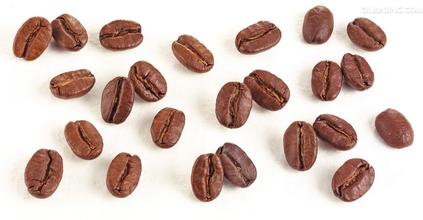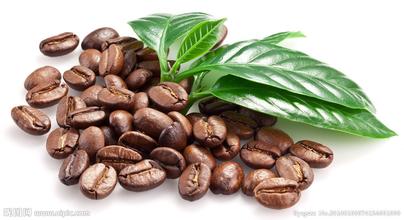Arabica Coffee Bean Family introduces the characteristics of Price Origin
Arabica Coffee Bean Family introduces the characteristics of Price Origin
Arabica is deeply loved by Chinese people with a short history of coffee contact because of its strong fruity aroma. it was introduced to China by missionaries in the 19th century and widely planted in Panzhihua, Sichuan, and the dry-hot valley of the Jinsha River above 1000 meters in western Yunnan. The sunshine in this area lasts for a long time and there is a great temperature difference between day and night. The local people solve the problem of insufficient seasonal rainfall by diverting water up the mountain, resulting in a unique aroma of "Chinese coffee". Among them, Banpo coffee grown in Arabica in Panzhihua, Sichuan is the most. Compared with Yunnan and Hainan, Panzhihua in the dry-hot valley has longer sunshine, higher altitude, greater temperature difference, good light quality and more virgin land. it is a rare and most suitable area for growing Arabica coffee. Banpo coffee farmers take advantage of this advantage to adopt unique planting and processing technology: first, "do not land on the ground": from collecting coffee beans to processing into finished products, coffee has been kept free from soil and other sundries to ensure its taste and quality; second, "graded collection": since coffee beans are not uniform and mature, coffee beans of the same level are collected centrally rather than mixed together. Such as manual operation, the use of a large number of labor force to collect, classify and process. The coffee here is rich in aroma, bitter and sour, and fruity, which is very popular among consumers and favored by foreign coffee beverage giants. Small-grain coffee is still the most important coffee variety, accounting for about 3% of the world's total coffee output. It is mainly grown in Latin American countries, but also partly in Indonesia and the Pacific islands. The geographical and climatic conditions of Brazil, the largest coffee producer in the world, are very suitable for the growth of small-grain coffee, and the main coffee varieties planted are also small-grain coffee. Brazil's coffee production accounts for more than 1 / 3 of the world's total output.
Arabica coffee accounts for about 65%, 80%, and its excellent flavor and aroma make it the only coffee of these native species that can be drunk directly and alone. However, its resistance to drying, frost, diseases and insect pests is low, especially to the biggest natural enemy of coffee-leaf rust, so all producing countries are committed to improving varieties. For example, Sri Lanka, as we all know, used to be one of the most famous coffee producers in the past, but coffee farms were not spared by leaf rust at the end of the 19th century. Since then, Sri Lanka has turned to black tea, which is also the kingdom of black tea in India. Any of various large shrubs of the genus Arabica having oval dark green leaves and oval fruit.

Important Notice :
前街咖啡 FrontStreet Coffee has moved to new addredd:
FrontStreet Coffee Address: 315,Donghua East Road,GuangZhou
Tel:020 38364473
- Prev

Introduction to the video method of how many scales to grind to make a cappuccino
Introduction to the video method of how many scales to grind to make a cappuccino there is little chance of failure in brewing coffee in a mocha pot as long as it is used correctly. Basically add the coffee to the top of the halogen cup, but press it gently. There should be some space at the top of the halogen cup because the coffee will expand after soaking in water. The principle of Italian coffee machine (semi-automatic, fully automatic, etc.)
- Next

Introduction to the time of coffee producing area in Italian extra-strong extraction chart
Time for coffee production: it takes about 10 minutes from grinding coffee beans to boiling water to soaking a cup of coffee. Grinding: rough grinding, too fine powder is not easy to clean, and will increase the powder precipitated at the bottom of the coffee cup. Note: avoid the last few sips, there will be a little powder. Skills: no special requirements, the process is correct, so the taste does not ask
Related
- Beginners will see the "Coffee pull flower" guide!
- What is the difference between ice blog purified milk and ordinary milk coffee?
- Why is the Philippines the largest producer of crops in Liberia?
- For coffee extraction, should the fine powder be retained?
- How does extracted espresso fill pressed powder? How much strength does it take to press the powder?
- How to make jasmine cold extract coffee? Is the jasmine + latte good?
- Will this little toy really make the coffee taste better? How does Lily Drip affect coffee extraction?
- Will the action of slapping the filter cup also affect coffee extraction?
- What's the difference between powder-to-water ratio and powder-to-liquid ratio?
- What is the Ethiopian local species? What does it have to do with Heirloom native species?

